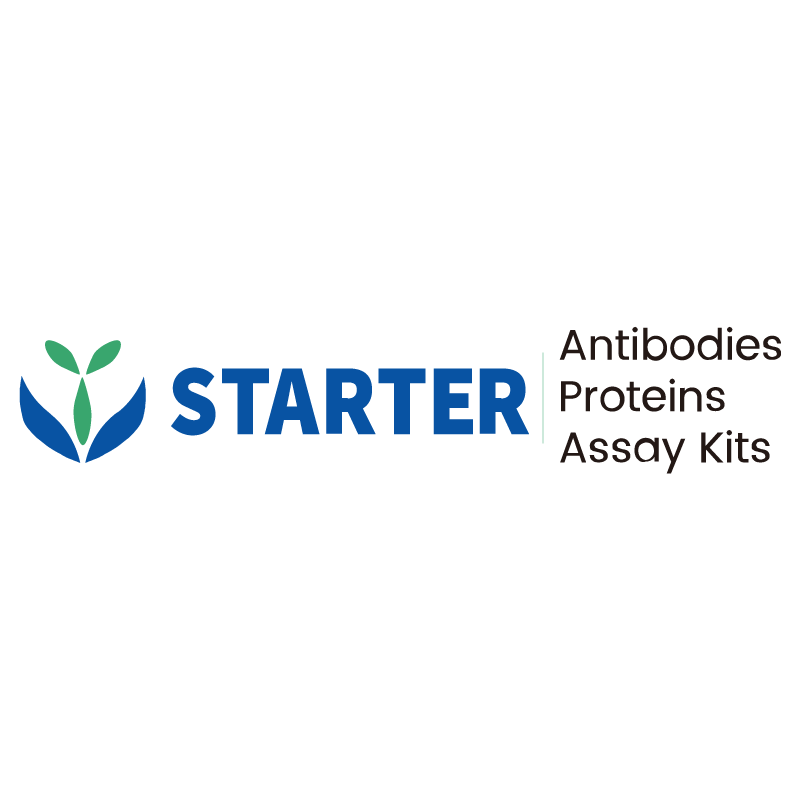Flow cytometric analysis of C57BL/6 mouse thymocytes labelling Mouse CD326 antibody at 1/200 (1 μg) dilution / (Right panel) compared with a Rat IgG2a, κ Isotype Control / (Left panel). Goat Anti-Rat IgG Alexa Fluor® 488 was used as the secondary antibody. Then cells were stained with CD4 - Alexa Fluor® 647 Antibody separately.
Product Details
Product Details
Product Specification
| Host | Rat |
| Antigen | CD326 |
| Synonyms | Epithelial cell adhesion molecule; Ep-CAM; Epithelial glycoprotein 314 (EGP314; mEGP314); Protein 289A; Tumor-associated calcium signal transducer 1; Tacstd1; Epcam |
| Location | Cell membrane |
| Accession | Q99JW5 |
| Clone Number | S-R627 |
| Antibody Type | Rat mAb |
| Isotype | IgG2a,k |
| Application | FCM |
| Reactivity | Ms |
| Positive Sample | C57BL/6 mouse thymocytes |
| Purification | Protein G |
| Concentration | 2 mg/ml |
| Conjugation | Unconjugated |
| Physical Appearance | Liquid |
| Storage Buffer | PBS pH7.4 |
| Stability & Storage | 12 months from date of receipt / reconstitution, 2 to 8 °C as supplied. |
Dilution
| application | dilution | species |
| FCM | 1:200 | Ms |
Background
CD326, also known as EpCAM (epithelial cell adhesion molecule) or TACSTD1 (tumor-associated calcium signal transducer 1), is a 40 kDa type I transmembrane glycoprotein that serves as a calcium-independent homophilic cell adhesion molecule in the basolateral membranes of most epithelial cells. It plays a crucial role in cell adhesion, proliferation, and differentiation, and is highly expressed in various normal epithelial tissues, such as the gastrointestinal tract and liver. However, its expression is significantly upregulated in many epithelial cancers, including colorectal, breast, and prostate cancers, making it a valuable tumor marker. In cancer biology, CD326 is involved in tumor progression, metastasis, and the maintenance of cancer stem cells. It also has potential therapeutic applications, such as targeted drug delivery and immunotherapy, due to its specific expression on cancer cells.
Picture
Picture
FC


